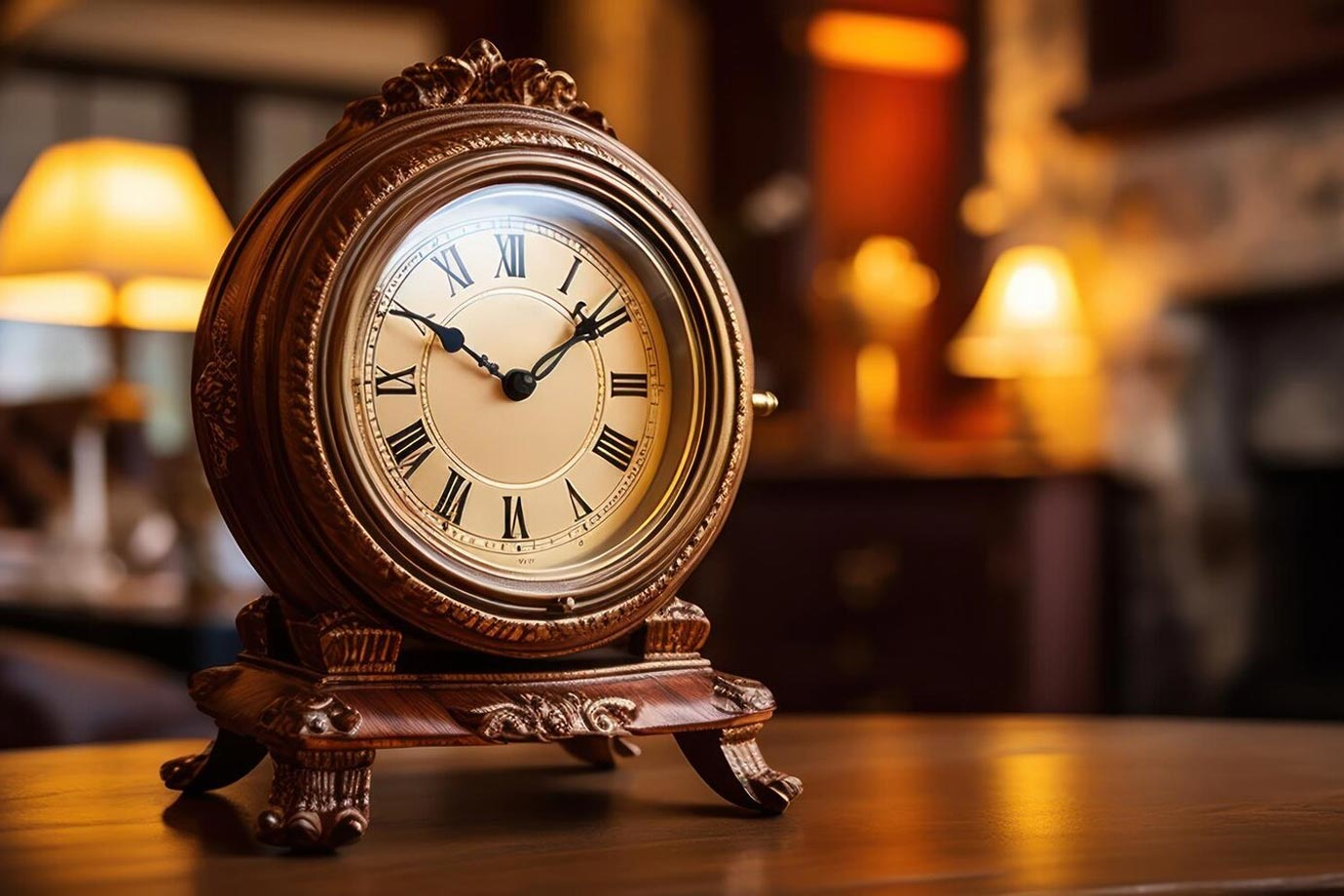In the world of design, the question of whether classic design is timeless often surfaces. This discussion spans across various disciplines, including architecture, fashion, graphic design, and interior design. The concept of ‘timelessness’ in design refers to creating works that retain their aesthetic appeal, functionality, and relevance regardless of the era. This article delves into the essence of classic design, exploring its characteristics, influence, and enduring presence in our modern world.
Classic design is often characterized by simplicity, symmetry, and a harmonious balance of elements. These designs are crafted with a focus on longevity rather than momentary trends. The roots of classic design can be traced back to ancient civilizations like Greece and Rome, whose architectural and artistic influences are still evident today. In architecture, for instance, the use of columns, domes, and arches has transcended centuries, continually appearing in modern structures.
In the realm of fashion, classic designs appear as staple pieces that are essential to any wardrobe, such as the little black dress or a tailored suit. These items have stood the test of time due to their versatility and ability to adapt to changing trends with minimal alterations. Similarly, in graphic design, the use of clean and minimalistic typography and layout remains popular, proving that simplicity often prevails.
Interior design also showcases timelessness through the use of classic elements like wood, stone, and neutral colors that offer a sense of stability and comfort. Furniture pieces that embody classic design, such as the Eames lounge chair or the Chesterfield sofa, continue to be sought after for their iconic style and durability.
However, the endurance of classic design is not just about aesthetics; it’s also about the principles behind these designs. Functionality is a cornerstone of classic design, with each element serving a purpose. This practical approach ensures that designs are not only beautiful but also useful. Furthermore, the use of high-quality materials is prevalent in classic designs, contributing to their longevity and timeless appeal.
The influence of classic design extends beyond its practicality and aesthetics. It also plays a crucial role in setting standards and benchmarks in various design fields. By studying classic designs, designers learn about proportion, balance, and harmony, which are fundamental to creating new works that might themselves become timeless.
Despite the shifting trends in design, there is a continuous return to classic concepts, often reinterpreted with a modern twist. This cyclical nature highlights the adaptability and enduring relevance of classic design elements, making them perpetually contemporary.
In conclusion, classic design can indeed be considered timeless. Its principles of simplicity, functionality, and high-quality craftsmanship ensure that it remains relevant and revered across generations. Whether through the enduring structures of ancient architecture, pivotal fashion pieces, or iconic furniture designs, classic design continues to influence and inspire, proving that true style never goes out of fashion. The timeless nature of classic design is not just in its appearance but in its ability to adapt, evolve, and resonate with each new generation, continually redefining what makes design truly ‘classic’.

Leave a Reply